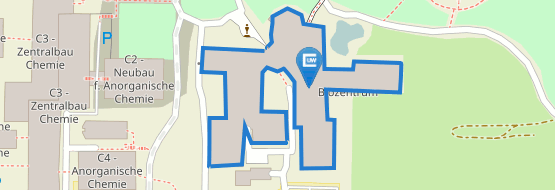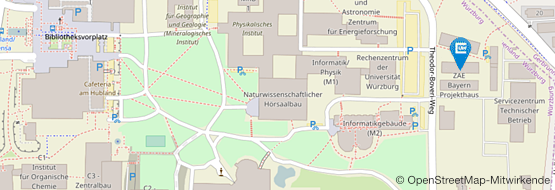Sun Compass on Demand
11/24/2021
Monarch butterflies employ a sun compass on their long-distance migration. Surprisingly, a new study shows that the compass is only established during flight.
more






















